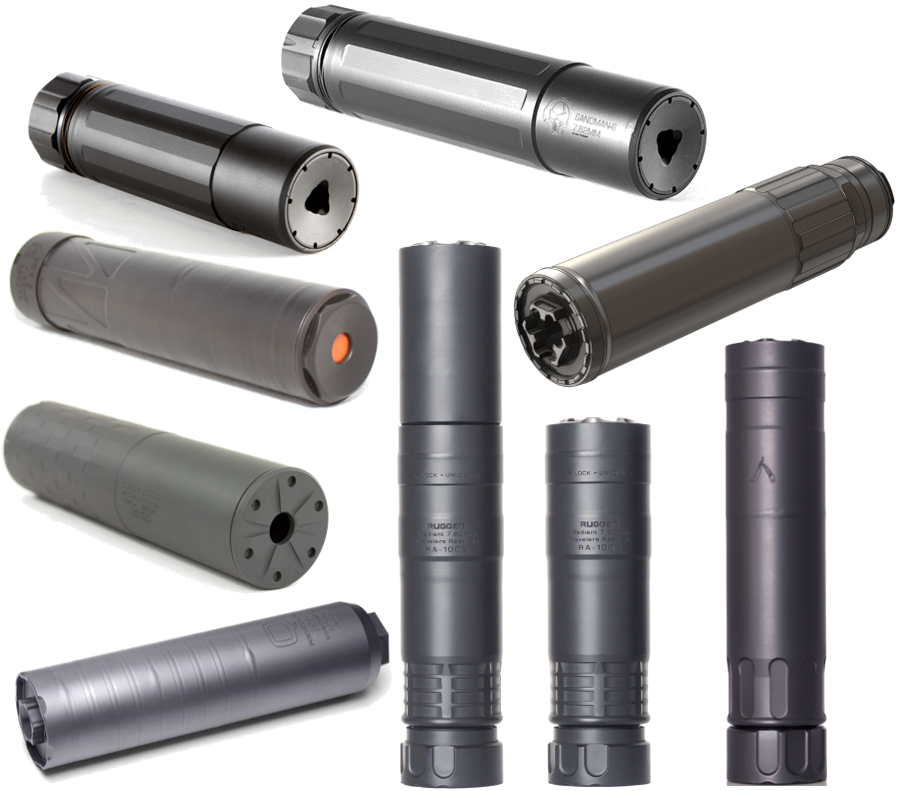Nope, but I did use the incorrect language in part of it.
Where I said "additive manufacturing creates a more uniform grain structure than billet or castings" is not 100% correct. DMLS would result in epitaxial grain growth and columnar grain structure along the building direction. That columnar grain structure would turn into equiaxed grains by the following thermal treatment. While this doesn't mean the grain morphology isn't uniform, it just shows epitaxial columnar grain growth instead of equiaxed grain growth during deposition. The DMLS process can create fully dense parts, with better material density than a billet or casting product. The density from DMLS is usually higher than casting. With high cooling rate, the microstructure and features of DMLS parts are very small, leading to higher strength and hardness, even when compared with forging.
This is not correct, as DMLS printed parts are formed under argon or nitrogen atmosphere to avoid the formation of large pores. It is true that the density cannot reach exactly 100%, but can easily reach up to over 99.5%, and the tiny pores (with size less than 20um) has nothing to do with weakening the properties, so that the mechanical behavior performs the same as 100% dense parts. People have shown that the mechanical properties of DMLS parts in heat treated condition is the same or even better than the milled billet or forging parts in the same condition.
Regarding the terminology, some people use Direct Metal Laser Sintering (DMLS) as a blanket term for the process, some people use Laser Powder Bed Fusion (LPBF). Before this, people also used Selective Laser Melting (SLM), but SLM has now been trademarked by some company. Direct Metal Laser Melting (DMLM) is another common one. In German, DMLS is Direkt Metall Laser Schmelzen which is Direct Metal Laser Melting.
Before 2010, this would have been correct. But with the development of AM industry, especially for DMLS machines, now the density and mechanical properties of DMLS parts can reach that of billet and forged parts. I understand the “more uniform grain structure” comment but with rapid solidification and fast cooling DMLS results in very small microstructure and features which in turn improves the hardness and strength. There are tons of studies and findings that can be found in both academia and industry to show that DMLS parts have similar or even better properties than billets and forgings.
This is true about laser welding, especially for keyhole mode. However, the energy density in DMLS is much much smaller than laser welding process, resulting in conduction mode instead of keyhole mode. The failure mentioned above doesn’t exist in DMLS printed parts.
That should cover everything of relevance.










